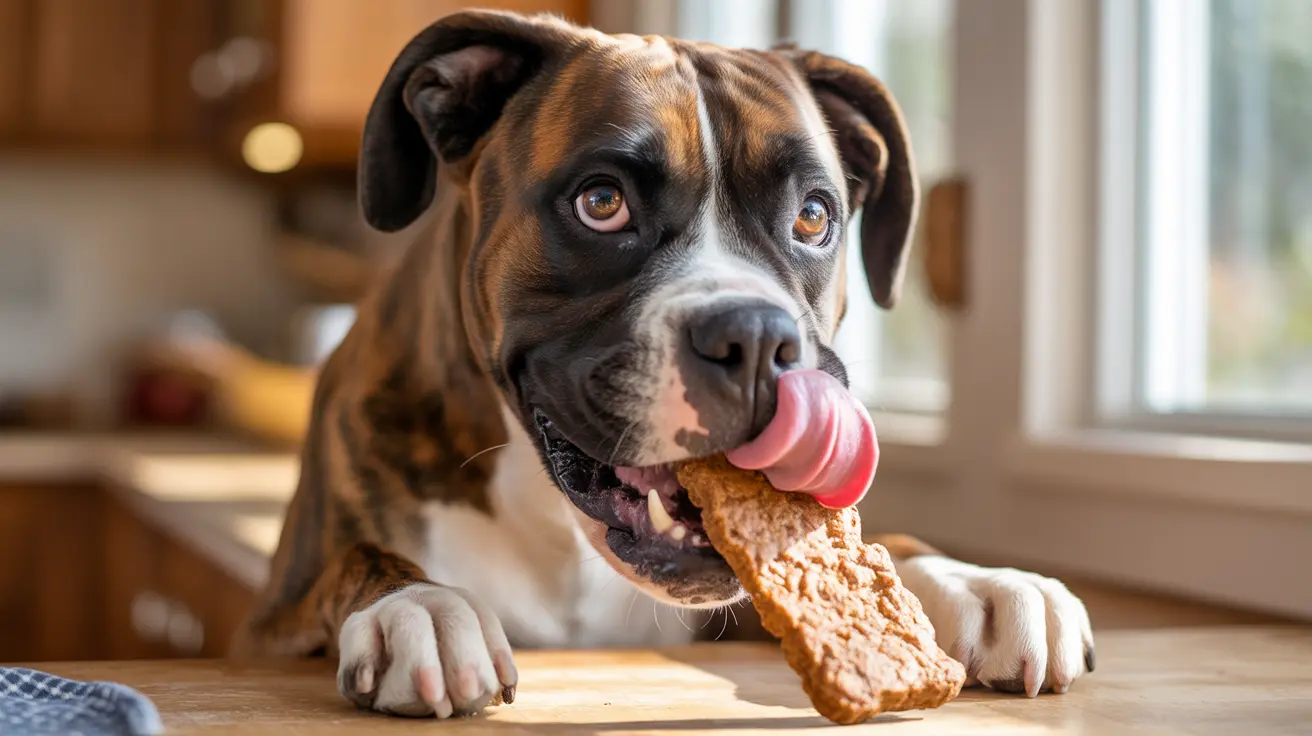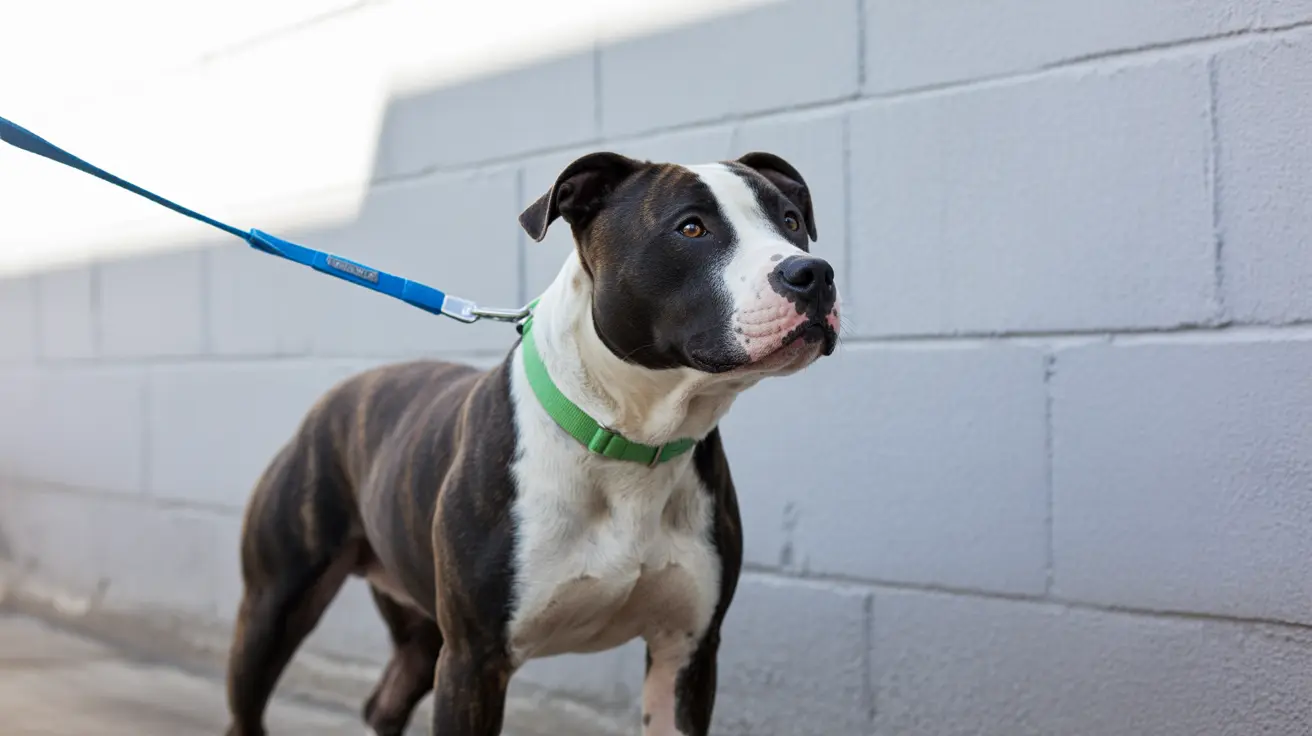The One Meat You Should Never Feed Your Dog: Understanding the Risks of Raw Pork
Dogs are beloved members of the family, and many pet owners wish to share their meals with them. However, some foods safe for humans can be dangerous or even fatal for dogs. One such concern is meat. While many types of meat can be healthy when properly prepared, there's one you should never feed your dog:
raw or undercooked pork.
Why Is Pork Dangerous for Dogs?
Raw or undercooked pork poses significant risks due to parasitic and bacterial contamination. The primary concern is the parasite
Trichinella spiralis, a roundworm that can infect dogs and humans through poorly cooked pork. This parasite leads to
trichinosis, a condition that causes symptoms ranging from gastrointestinal distress to muscle inflammation and neurological issues.
Symptoms of Trichinosis in Dogs:
- Vomiting and diarrhea
- Lethargy and depression
- Muscle pain and stiffness
- Fever
- Neurological changes
Early diagnosis and veterinary intervention are critical if a dog ingests contaminated pork. Left untreated, trichinosis can cause lasting health complications and even become life-threatening.
Other Risks Associated with Pork
Even if thoroughly cooked, pork can still pose risks for dogs:
- High fat content: Pork is fatty, which can lead to pancreatitis in dogs—a painful and potentially fatal condition.
- Salt and seasoning: Pork prepared for human consumption often includes salt, garlic, onion, or other spices, many of which are toxic to dogs.
- Bones: Cooked pork bones can splinter easily and cause internal injuries, choking, or gastrointestinal blockages.
Exceptions and Safe Pork Practices
While raw pork is a firm no, it is possible to prepare pork safely for dogs under strict conditions:
- Cook pork thoroughly: Internal temperature should reach at least 160°F (71°C) to kill any parasites or bacteria.
- Avoid seasoning: Serve plain, without salt, garlic, onions, or sauces.
- Remove bones: Always use boneless cuts to prevent choking or digestive injury.
- Control portions: Feed pork only occasionally to avoid high fat intake.
Despite these measures, many veterinarians still recommend sticking to safer protein sources due to pork’s inherent risks.
Healthier Meat Alternatives for Dogs
If you're looking for safe meat options for your dog, consider the following:
- Chicken: Boneless, skinless, and fully cooked chicken is a lean and safe protein.
- Turkey: Similar to chicken but with slightly different nutrients. Avoid skin and bones.
- Beef: Lean ground beef or steak cuts can be safe when cooked without seasoning.
- Lamb: A good protein source for dogs with food allergies—the meat must be cooked and trimmed of fat.
- Fish: Salmon and whitefish are packed with omega-3 fatty acids, but should always be cooked and deboned.
Signs Your Dog May Have Eaten Problematic Pork
If you suspect your dog has eaten raw or seasoned pork, watch for signs of distress:
- Persistent vomiting or diarrhea
- Loss of appetite
- Weakness or lethargy
- Tremors or seizures
- Abdominal pain or bloating
Seek veterinary attention immediately if any symptoms occur.
Final Thoughts
Feeding your dog meat can contribute to a healthy diet, but it requires knowledge and caution.
Raw or poorly cooked pork is one meat that should never be fed to dogs due to the risk of parasitic infections and other complications. For your pet’s safety and well-being, always choose safe protein sources and prepare them properly. Consult a veterinarian before making any changes to your dog’s diet.
By staying informed and cautious, pet owners can ensure their furry friends enjoy both delicious and safe nutrition.





